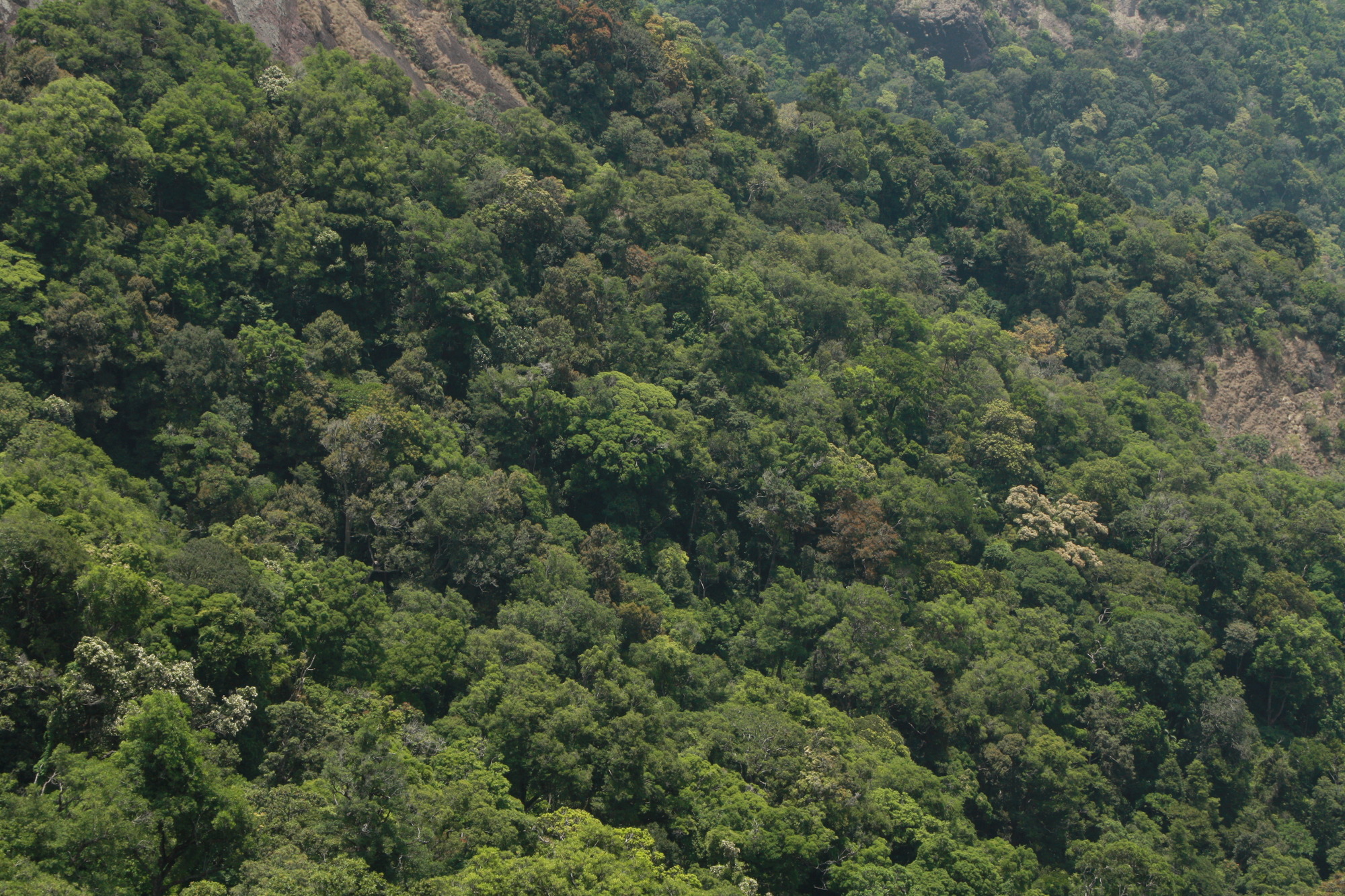Population genetics of gharial Gavialis gangeticus in the Chambal River, India, using novel polymorphic microsatellite markers
The gharial Gavialis gangeticus is a Critically Endangered crocodylian endemic to the Indian subcontinent. The species has experienced a 95% population decline over the past 2 centuries. The largest self-sustaining population inhabits the protected National Chambal Sanctuary (NCS) in north India and represents >80% of extant gharials globally. We developed de novo a panel of polymorphic gharial-specific microsatellites, using whole genome information and microsatellite search tools. These 15 new markers have multiple numbers of polymorphic alleles that are more informative than those obtained from previous studies. Analyses of 93 scute samples collected across age classes from wild gharials residing in the NCS facilitated accurate assessments of genetic diversity and inbreeding coefficient and identified a historical bottleneck event. Estimates of the observed and expected heterozygosities were lower than those reported earlier. The inbreeding coefficient was low, and the population did not deviate significantly from Hardy-Weinberg equilibrium. The calculated M ratio and 2 heterozygosity tests detected a genetic bottleneck, which is consistent with historic sharp declines in population size, followed by recent recovery. These new gharial microsatellite markers are statistically robust and provide an improved means to assess the population genetics of the largest self-sustaining wild gharial population. This study will facilitate additional investigations on the genetic diversity of other extant gharial populations—not only the few remaining wild populations but also those in zoos and rearing facilities. Additional genetic studies of gharial in the NCS are warranted to inform management strategies.

